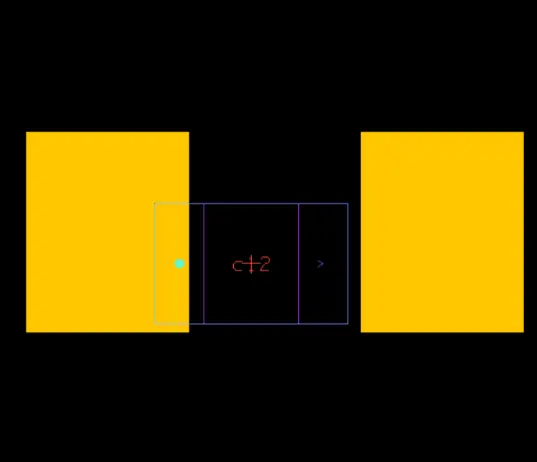Product developers understand the challenges involved in creating a market-ready product. Even experienced designers often go through multiple prototype iterations before reaching a mass-production version.
Design for X
The Design for X (DFX) methodology divides product design into various disciplines, such as Design for Sustainability, Design for Cost, Design for Testing, Design for Manufacture and Assembly, and more. It promotes a systemic checklist approach to product design, which helps identify and address problems earlier in the development process, reducing the need for extensive iterations.
As manufacturing and assembly experts, it is our responsibility to assist clients in achieving a flawless product on the first try. That’s why NextPCB actively perform Design for Manufacture (DFM) and Design for Assembly (DFA) for our clients and advocate for the use of DFM and DFA methodologies through self-service tools. The benefits are mutual, as fewer design errors lead to smoother production processes and minimize disruptions for clients.
At HQ NextPCB, PCB production facilities include mandatory engineer reviews for Design for Manufacture, ensuring that the production data meets the manufacturer’s capabilities and identifying any design mistakes or anomalies. NextPCB pride ourselves in offering comprehensive and consistent DFM review services. Additionally, NextPCB introduced the Design for Assembly engineer review service this year, which is provided for free with our turnkey PCB Assembly service, with the same purpose of identifying any assembly-related issues.
What is DFM and DFA?
Design for Manufacture focuses on ensuring that the production data is sufficient for manufacturing the circuit boards within the manufacturer’s capabilities. NextPCB engineers also identify any design mistakes, such as shorts, missing drill holes, or pads, during the review process.
Design for Assembly involves reviewing the assembly documentation, including the Bill of Materials and pick and place data, to verify that the assembly requirements are understood and that the design data is consistent. Engineers also confirm each footprint in the design using internally developed software and make notes of any special assembly requirements or panelization requirements that technicians need to be aware of during production.
During the Design for Assembly Review, DFA engineers with specialized training and tools can help clients identify costly design mistakes that may have significant impacts in terms of time and money. To provide some examples, here are real cases where DFA problems were not identified and the subsequent impact they had.
What is the purpose of a PCBA Design for Assembly (DFA) Review?
DFA engineers, equipped with specialized training and tools, conduct DFA reviews to help clients identify design mistakes that could result in significant time and cost implications. To illustrate the importance of DFA, here are some real examples of DFA problems and their consequences if not detected.
Case Study
Problem Type: Footprint mismatch
Problem description:
The client’s design specifies a land pattern for an 0806 chip resistor, but the BOM file requests a chip size of 0402.

DFA Solution:
- Modify the footprint to match the requested chip size.
- Replace the part in the BOM file with an 0805-sized part.
Consequences if not identified at the assembly stage:
- The need to locate and purchase an 0805-sized part.
- If a suitable replacement cannot be found, the PCB boards will need to be modified and reproduced.
- Forced soldering may be necessary, potentially increasing defect rates and affecting reliability and lifespan.
Complications:
- Cost of purchasing replacement parts, especially if importing is required, leading to significant project delays.
- Cost of re-producing PCB boards and potentially scrapping already soldered parts, restarting the entire PCBA process.
Comments:
While substitutes for resistors and capacitors are more readily available, finding swap-in replacements for chips is more challenging
DFA Review by HQ NextPCB: Saving Time and Money
Discover the benefits of DFA review by trying it for yourself. HQ NextPCB now includes DFM review as a standard part of their turnkey PCB assembly service. With a free assembly service for 5 pieces and a fast quotation platform, experiencing NextPCB PCBA has never been easier.
Introducing the HQDFM Gerber Viewer, a completely free online tool for displaying and reviewing PCB Gerber files and OBD++ files. It incorporates HQDFM’s Design for Manufacture (DFM) algorithms, which are based on NextPCB’s 15 years of high-reliability manufacturing expertise and current industry standards.

Unlike EDA software’s built-in DRC checks, HQDFM goes beyond by allowing designers to navigate and analyze production files for potential design issues that may impact manufacturing or cause long-term reliability problems. With HQDFM, designers gain valuable insights from a manufacturer’s perspective, enabling them to enhance their designs effectively. Try it out for free!
